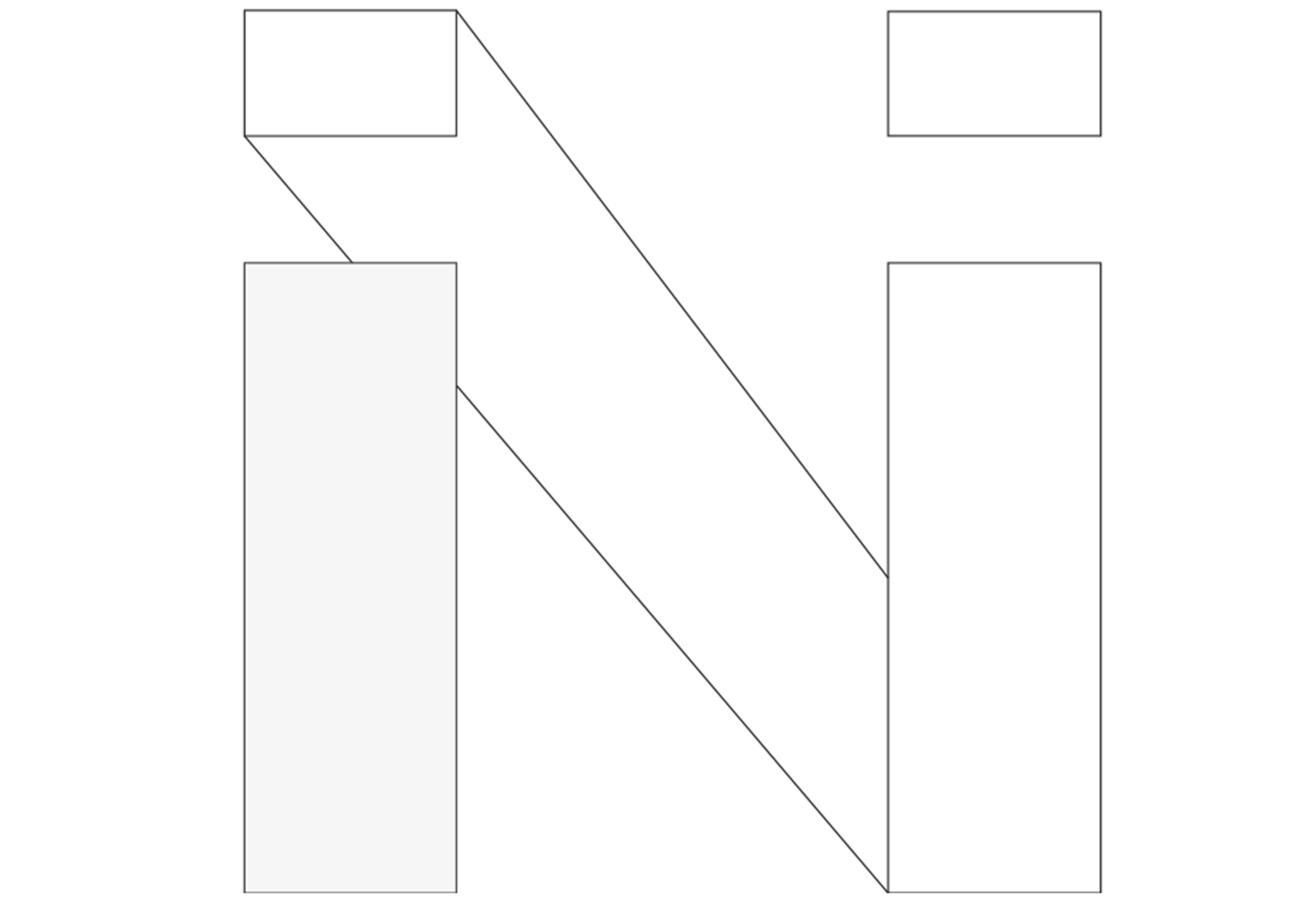MOTIVATION
With the desire to create new building skins that allow for contact and symbiosis with our natural environment across scales & with the aspiration to build under a single material ecosystem that can mediate natural phenomena (light ) and in turn our cognitive perception of space and the growth within it we come to
GLASS that is
|| transparent || structurally strong || chemically inert || functionally tunable based on its fabrication and formation.
GLASS that can be
|| a pervious boundary between our built and natural world || a lens to template light and our perception || a container, for growth or preservation
and we explore how can computational design and digital fabrication technology augment our control and application of glass, as a material that is central to human activity across scales, from the microscopic lense to the skyscraper facade.
INTERVENTION
In Glass 2.0, we developed the material modelling technology and digital fabrication platform in the MIT Media Lab that allowed for 3D printing of optically transparent glass on an architectural scale.
This platform enabled high fidelity control in tuning the structural and optical material properties through novel complex glass geometries. These architectural members, are unique in the ability to mediate force through their parametrically varying geometry and template light through the unprecedented double-sided lenticular surfaces unique to this fabrication process.
In this way we created the ability to design customised architectural elements where we could choreograph the relationship between the undulating light and transparent body of the glass structure. The intricate and complex caustic patterns that are formed are evidence of this unique fabrication process and create a completely analogue and material driven augmentation transforming the space in a naturally immersive experience for its occupants.
Prof Neri Oxman presenting Glass 2.0 as part of her address to visiting companies, at MIT Media Lab Members Week Autumn 2016
To achieve this capability we designed. engineered and developed a 3D glass printer that weighs over 1 tonne and can process over 20kg of molten glass, with a capacity for precise 3 zone PID temperature control and a 4 degrees of freedom CNC system that allows to orient so as to manage local force distribution accounting for variations in viscosity. To demonstrate this capability we built the first of their kind 3D printed 3 meter tall glass columns at the 1:10 proportion, paraphrasing the ancient greek column, and inspired by Guadi's column in the Segrada Familia, in correlating geometry to structural requirements. These were exhibited at a private opening for the Member companies of the MIT Media Lab, during MIT Media Lab Members week Autumn 2016, sponsored by Mori Building Company Japan.
For its first public exhibition, a large installation of the glass architecture and its caustics will transform La Triennale di Milano for the Lexus Pavilion in the Milan Design week , April 2017.
THE FUTURE
In Glass 2.0 we inherently couple function and aesthetics indistinguishably in a single interface that simultaneously negotiates structural load bearing performance, aesthetics and the qualities of a material interfaces to mediate…
Moving forward, Nassia Inglessis is continuing her involvement in the project leading the research of CASCADED TEMPLATES as a new design system of material augmentation enabled by this high fidelity material tuning and fabrication. The cascade: 3D printed templates of glass….as a template for light.. as template for growth… as a template for cognition
1. In templating light we can control any light driven growth mechanism of which many exist in in nature. Nassia is carrying out research across scales from phototropic plants, to unicellular diatoms down to optogenetics. Furthermore the upcoming ability to create vascularity with fluid channels in 3D printed glass can allow for material fusion of symbiotic living and non-living architecture mediated by light.
2. Seeking to decode the unique behaviour of light in the creation of caustic patterns Nassia aims to be able to reverse-engineer geometry based on designed light patterns that will allow for functional control of solar transmittance in buildings but mainly for the design of materially mediated perceptions of space .
This builds on her practice and research focus of cognition is as mediated through matter. Nassia is currently leading the effort with a team of researchers from the MIT Physics department and biologists from the Wyss Institute.
Glass 2.0 project drew the interests of designers, architects, mathematicians, physicists structural engineers, glass artists and glass-blowers in its innovative ability to to control complex 3d geometry of glass inside and out whilst unlocking new potential in how natural properties of this unique material can be exploited , such as viscosity in autocoiling
The inherent beauty of glass augmented through this new fabrication process, that projects the unseen complexity of its formation within immersive caustic patterns, has already captured peoples' imagination across the globe and will continue to inspire, provoke and open up new potential in building and material augmentations.
In collaboration with Prof. Neri Oxman and Chikara Inamura in the Mediated Matter Group, MIT Media Lab, Peter Houk Director of the MIT Glass Lab, MIT Mechanical Engineering Department and Wyss Institute, continuation of the work in G3DP.
PROCESS - A journey of GLASS













































































